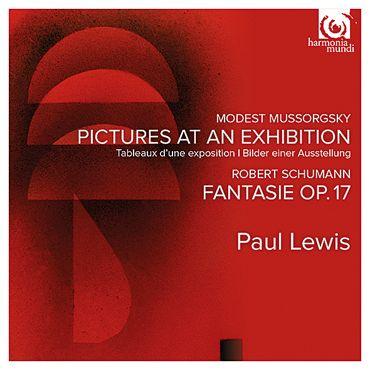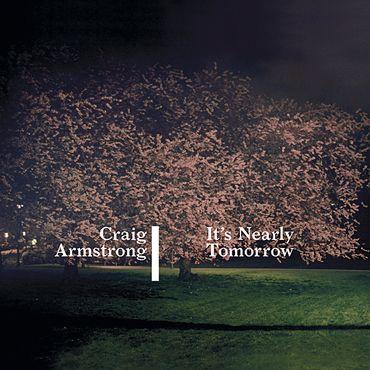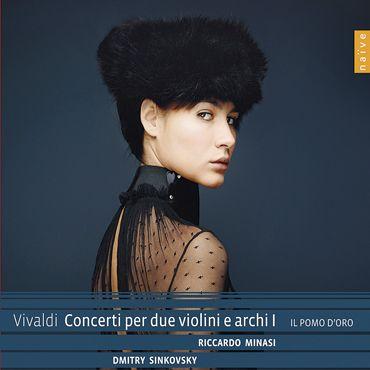|
May 01, 2015
|
Apr 02, 2015
|
Apr 02, 2015
|
Apr 02, 2015


















